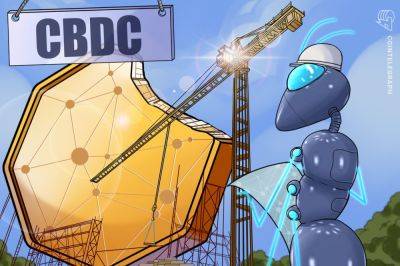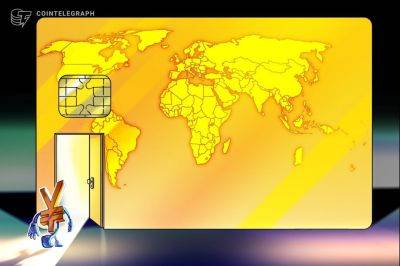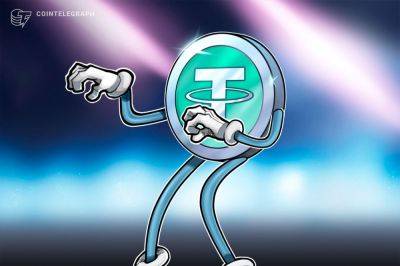This DeFi ‘super platform’ improves onboarding to accelerate mass adoption
Decentralized finance (DeFi) holds great promise thanks to the unique characteristics of blockchain, including transparency, immutability and decentralization. It can democratize access to financial services and transfer the decision-making power from centralized entities to communities.
Despite its undeniable potential, DeFi has a significant problem to overcome before achieving mass adoption: fragmentation. This fragmentation results from an acute lack of interoperability between major decentralized networks and specific DeFi use cases. Communication between the growing number of DeFi applications is quite fragile, forcing users to register multiple platforms, buy multiple utility and governance tokens, and share their wallet permission with many decentralized applications (DApps) to enjoy the full palette of DeFi services.
The current scenario is similar to the disarray of the internet in its early stages prior to the dot-com bubble burst in the 2000s. At that time, the lack of a unifying search engine and the diverse intentions of internet users based on their unique needs and backgrounds contributed to the confusion.
Today’s DeFi landscape reflects this chaos with its fractured state. It consists of a series of use cases, each growing autonomously, much like individual islands of functionality with little to no bridges for interaction. Some of the more popular DeFi use cases are:
These and other use cases and applications may successfully address specific needs but lack interoperability adoption. Moreover, the onboarding process and complexity of DeFi make it difficult for novice users to realize its benefits fully.
With different DeFi subsectors and underlying blockchains to navigate alongside concepts such as NFTs, the
Read more on cointelegraph.com






















